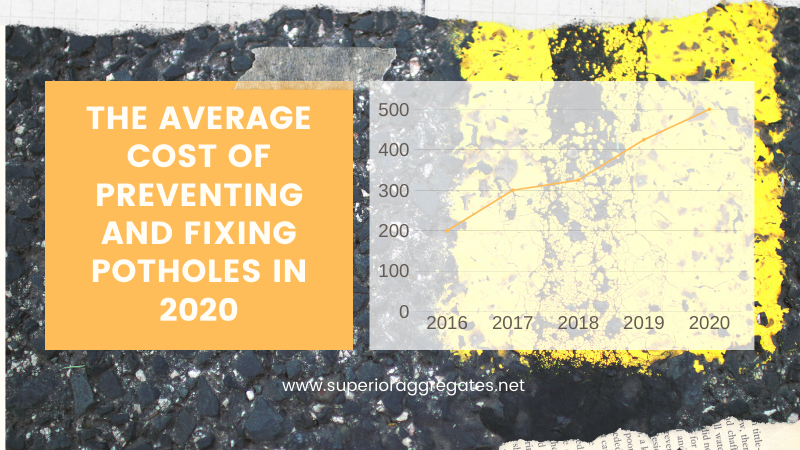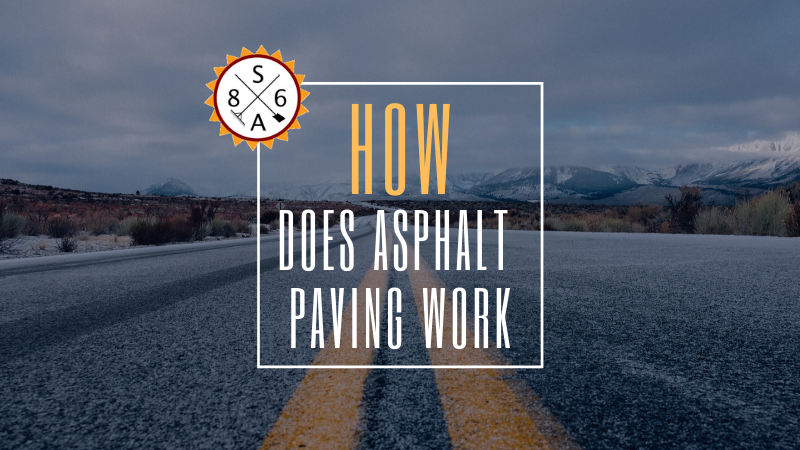
What Are the Standard Dimensions of a Parking Space?
One of the more important decisions for a commercial space is the design of the parking lot. These lots should be safe to drive in, comfortable for customers to use, and compliant with regulations. However, there are no one-size-fits-all parking space dimensions in Colorado. The spaces vary depending on a number of factors, from curb angle to traffic and more.
First and most importantly, it’s critical to check your local regulations. These vary noticeably from one town or county to the next. Errors here, particularly for handicap accessible parking spaces, can result in hefty fines. Business owners may also face the cost and inconvenience of having to re-plan and re-paint the lot. A little due diligence can save you in the long run.
With that being said, here are some general guidelines to use as a starting point for parking lot planning:
Curb Angle
One critical factor to parking space size is the angle that the space is set to the curb. In most areas of Colorado, this angle will affect the space length and sometimes the width. For example, in Glendale a 45 degree parking stall must be 8’6” wide and project 17’4” from the curb. Increase that to 60 degrees and the stall must be 8’6” wide and project out by 18’10”.
Traffic patterns
A two-way drive aisle clearly needs to be wider than an aisle that only has one way traffic. However, they aren’t necessarily twice as wide. For instance, in Denver a parking aisle is a minimum of 13 feet wide for one way traffic and 20 feet wide for two-way traffic when the spaces are angled at zero degrees. If the spaces are set at 90 degrees, the parking aisle must be a minimum of 23 feet for both one way and two-way traffic.
Type of Parking Lot
In some areas such as Grand County, parking space sizes may vary depending on the kind of parking structure. Typical spaces in open areas may be 10 by 20 feet. Meanwhile, a covered or underground lot can reduce that to 9 by 18 feet.
Type of Vehicle
Certain areas allow smaller commercial parking spaces designated for compact cars only. In Denver, a standard parking space at 60 degrees might be 8.5 feet wide by 17.5 feet long. Meanwhile, a compact space of 60 degrees shaves that down to 7.5 wide by 15.5 long.
Bicycles and Parking Lots
Your business’s parking lot may be required to provide racks for a certain number of bicycles per parking spaces. For instance, in Glendale a parking lot with 50 or more spaces must provide racks for 1 bicycle per 20 spaces, rounding up. In other areas like Lakewood, bicycle spaces are mandated by the business’s square feet.
Handicap Accessibility
Handicap accessible parking spaces are subject to a wide variety of local and national regulations. Again, this is well worth your time to research. In general, these parking stalls are placed next to the front doors or handicap accessible ramp. One important factor to consider during planning is the access aisle. This space (in Glendale, it is 5 feet wide) allows unobstructed access for wheelchair users to enter and leave their vehicles. In many places, two handicap spaces may share the same access aisle.
One of the more important decisions for a commercial space is the design of the parking lot. These lots should be safe to drive in, comfortable for customers to use, and compliant with regulations. However, there are no one-size-fits-all parking space dimensions in Colorado. The spaces vary depending on a number of factors, from curb angle to traffic and more.
First and most importantly, it’s critical to check your local regulations. These vary noticeably from one town or county to the next. Errors here, particularly for handicap accessible parking spaces, can result in hefty fines. Business owners may also face the cost and inconvenience of having to re-plan and re-paint the lot. A little due diligence can save you in the long run.
With that being said, here are some general guidelines to use as a starting point for parking lot planning:
Curb Angle
One critical factor to parking space size is the angle that the space is set to the curb. In most areas of Colorado, this angle will affect the space length and sometimes the width. For example, in Glendale a 45 degree parking stall must be 8’6” wide and project 17’4” from the curb. Increase that to 60 degrees and the stall must be 8’6” wide and project out by 18’10”.
Traffic patterns
A two-way drive aisle clearly needs to be wider than an aisle that only has one way traffic. However, they aren’t necessarily twice as wide. For instance, in Denver a parking aisle is a minimum of 13 feet wide for one way traffic and 20 feet wide for two-way traffic when the spaces are angled at zero degrees. If the spaces are set at 90 degrees, the parking aisle must be a minimum of 23 feet for both one way and two-way traffic.
Type of Parking Lot
In some areas such as Grand County, parking space sizes may vary depending on the kind of parking structure. Typical spaces in open areas may be 10 by 20 feet. Meanwhile, a covered or underground lot can reduce that to 9 by 18 feet.
Type of Vehicle
Certain areas allow smaller commercial parking spaces designated for compact cars only. In Denver, a standard parking space at 60 degrees might be 8.5 feet wide by 17.5 feet long. Meanwhile, a compact space of 60 degrees shaves that down to 7.5 wide by 15.5 long.
Bicycles and Parking Lots
Your business’s parking lot may be required to provide racks for a certain number of bicycles per parking spaces. For instance, in Glendale a parking lot with 50 or more spaces must provide racks for 1 bicycle per 20 spaces, rounding up. In other areas like Lakewood, bicycle spaces are mandated by the business’s square feet.
Handicap Accessibility
Handicap accessible parking spaces are subject to a wide variety of local and national regulations. Again, this is well worth your time to research. In general, these parking stalls are placed next to the front doors or handicap accessible ramp. One important factor to consider during planning is the access aisle. This space (in Glendale, it is 5 feet wide) allows unobstructed access for wheelchair users to enter and leave their vehicles. In many places, two handicap spaces may share the same access aisle.


